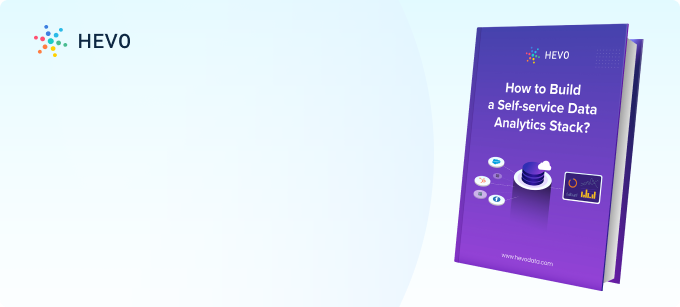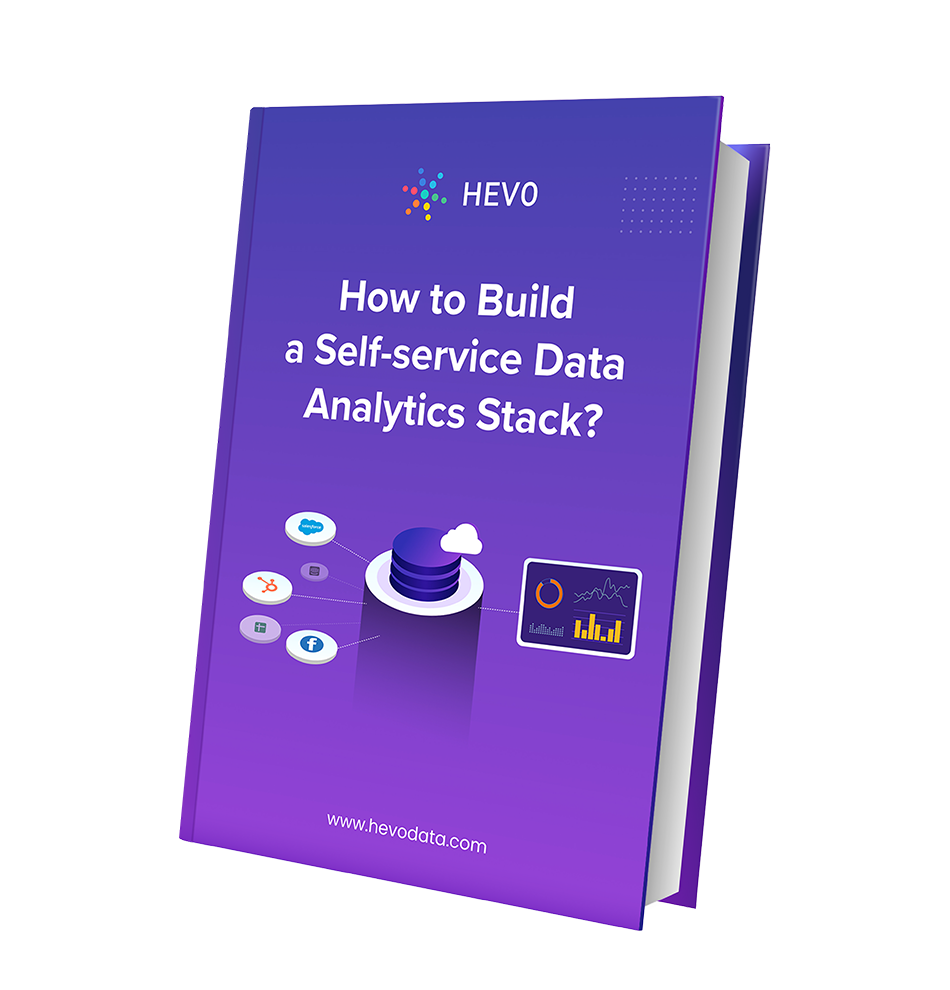The field of data science has evolved to a stage where no organization can ignore it while setting up their data science tech stack. Organizations use machine learning not only to serve their customers better but also to gather insights about their business to complete the senior management team.
Such a close coupling of data science with business operations means that choosing the right stack for your data architecture is a make-or-break decision. Having the right set of tools has a positive impact on your time to market, development cost, infrastructure costs, and the overall stability of your platform.
The data science tech stack is not only about the framework used to create models or the runtime for inference jobs. It extends to your complete data engineering pipeline, business intelligence tools, and the way in which models are deployed. This post is about the critical factors that must be considered while building the data science tech stack.
Table of Contents
What is Enterprise Data Science Tech Stack?
In typical enterprise architecture, data flows in from various on-premise and cloud sources into a data lake. A data lake is a heterogeneous data storage area where all kinds of data including the data originating from transactional databases are stored irrespective of their structure or source. Data is then extracted, transformed, and loaded to a data warehouse where it can be analyzed.
Business analysts and data scientists work on the data warehouse and come up with reports and reusable analytics modules. Some of these modules are deployed with their data source as the data warehouse itself and produce actionable insights on a batch basis.

Hevo supports both pre-load & post-load Data Transformations and allows you to perform multiple operations like data cleansing, data enrichment, and data normalization with just a few clicks. With Hevo, you can:
- Effortlessly extract data from 150+ connectors.
- Tailor your data to your data stack’s needs with features like drag-and-drop and custom Python scripts.
- Achieve lightning-fast data loading into your data source destination, making your data analysis-ready.
Try to see why customers like EdApp and Playtomic have upgraded to a powerful data and analytics stack by incorporating Hevo!
Get started with hevo for freeSelecting the Components for your Data Science Tech Stack
Now that we understand the components, let us discuss the factors that must be considered while selecting the stack for the critical points in the flow
Data Warehouse
The choice of data warehouse primarily depends on whether you want an on-premise solution or a cloud-based solution. The obvious advantage of cloud-based software as a service solution is the maintenance-free nature and the ability to focus on the core analytics problem without getting distracted. Organizations looking to implement custom machine learning solutions often partner with specialized AI/ML software development teams that can bridge the gap between data infrastructure requirements and specific business objectives while navigating the complexities of algorithm selection and implementation.
The most popular on-premise solution is an execution engine like Spark or Tez and a querying layer like Hive or Presto on top of it. The advantage is that you have complete control over your data. You can directly build analytics and machine learning modules using Spark using custom code. Querying engines like Presto now have basic ML algorithms built into them.
If your organization does not have the development expertise to maintain such solutions and does not intend to acquire them, you may be better off using cloud-based services like Redshift, Azure data warehouse, or BigQuery. They can take advantage of the ML modules that are already part of the suite.
Redshift ML is the latest entrant in this space while BigQuery ML has been there for a while. So if you are looking to create ML models directly from your cloud data warehouse itself, BigQuery and Azure ML may be the stable offering compared to the AWS one.
ETL Tool
Any analytics module or machine learning model is as good as the features it takes as input. ETL tool is the one that is responsible for creating these input features. If you are going for an on-premise solution, spark based transformation functions using custom code or Spark SQL in Python or Scala is the popular choice. This means you will have to build your own frameworks and schedulers to ensure the feature-building process is reliable.
Business Intelligence and Visualization Tools
Business intelligence and visualization tools are an important part of the data science tech stack puzzle since they play an important role in exploratory data analysis. Popular on-premise solutions are Tableau and Microsoft Power BI. If your development team wants custom code-based solutions, Python libraries like Seaborn and Matplotlib are good options for visualizing data.
AWS Quicksight, Google Data Studio, Azure Data Explorer are also excellent SAAS alternatives in this space. AWS’s quick sight also has basic machine learning capabilities to detect anomalies, forecast values, and even create automatic dashboards. As always, these services make sense if you are already on their stack and do not do a good job of integrating data outside of their stack.
ML and Analytics Implementation Frameworks
For custom code-based implementations, the defacto standard for machine learning and analytics has been Python for a while. For statistical analysis and modeling, Scikit-learn and stats-model is the popular choice. For statistical models, R also offers a rich set of functions and can be deployed in production.
For deep learning, TensorFlow, MXNet, Pytorch, etc can be used. In case you have a preference for java, deeplearning4j is a good choice. Community support is a big factor to consider here since in most cases developers will need a lot of research before finalizing the model pipeline.
If your organization is not into hiring ML expertise or developing custom models, most of the cloud service providers offer machine learning models and automated model building as a service.
Azure Machine Learning, Google Cloud AI, AWS machine learning services, etc allows you to build models and intelligence without using much code at all. All you need to do is prepare data in the format specified.
Google Data lab, AWS Sagemaker, and Azure ML studio provide excellent platforms for data science tech stack development. A point to note here is that your ETL tool is of critical importance here since your effort in implementing machine learning is then limited to providing input features.
Deployment Stack
Once the data science tech stack models are built, the next step is to deploy them for real-time or batch inferences. If you are having an on-premise setup, the typical choice is to wrap the models in a web service framework like Flask or Django and create Docker containers for deployment. You can then scale them horizontally using a container orchestration framework or load balancer.
The obvious deciding factor here is the effort involved and the expertise needed. Inference modules come with a lot of complexity and need the careful application of complex concepts like batching, threading, etc to extract the best performance. Typical ML frameworks like TensorFlow, MX net, Pytorch, etc come with their own deployment functions and it is better to exploit them rather than reinvent the wheel here.
A way out of the complicated deployment process is to use the ML serving options provided by cloud services. AWS, GCP, and Azure have deployment mechanisms built into their machine learning services and also allow the deployment of custom models created external to their systems. The biggest advantage is that scaling is completely automated while using such services.
Conclusion
As evident above, choosing the components of your analytics and data science tech stack is not an easy job. There are umpteen factors at play and a large number of combinations that can be tried out. Broadly, this decision of choosing data science tech stack components will be based on your answers to the following questions
- Do you prefer on-premise or cloud-based services?
- Do you have the development expertise to create your own models and analytics functions?
- Are you already invested in one of the cloud service providers?
- Do you have a case for real-time data ingestion and analytics?
Sign up for a 14-day free trial and simplify your data integration process. Check out the pricing details to understand which plan fulfills all your business needs.
Frequently Asked Questions
Q1) What is a data science tech stack?
A data science tech stack is a set of tools, technologies, and frameworks used by data scientists to collect, process, analyze, and visualize data. It typically includes programming languages (like Python or R), data storage systems, data processing tools, machine learning libraries, and visualization software.
Q2) What is full stack data science?
Full stack data science refers to the ability to handle the complete data science workflow, from data collection and processing to analysis, modeling, and presenting insights. Full-stack data scientists have skills in both the technical and analytical aspects of data science, enabling them to manage end-to-end data projects.
Q3) What is an example of a data stack?
A common example of a data stack includes tools like Google BigQuery for data storage, Apache Spark for data processing, TensorFlow for machine learning, and Tableau for visualization. This combination allows for efficient data handling, analysis, and insight presentation in one integrated system.
Q4) What is the data scientist tech stack in 2024?
In 2025, the data scientist tech stack includes tools like Python or R for programming, SQL for databases, Apache Spark for data processing, TensorFlow or PyTorch for machine learning, and visualization tools like Tableau or Power BI. Many also use cloud platforms like AWS, Google Cloud, or Azure for storage and computing.













